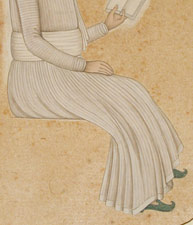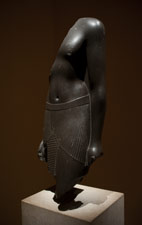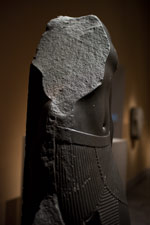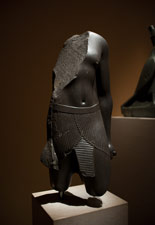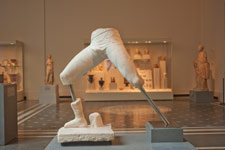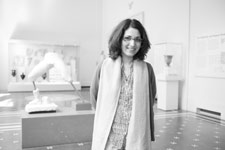New Connections appear every Wednesday. Sign up for a reminder.
Islamic art curator Navina Haidar extols the implications and aesthetics of the broken or incomplete.
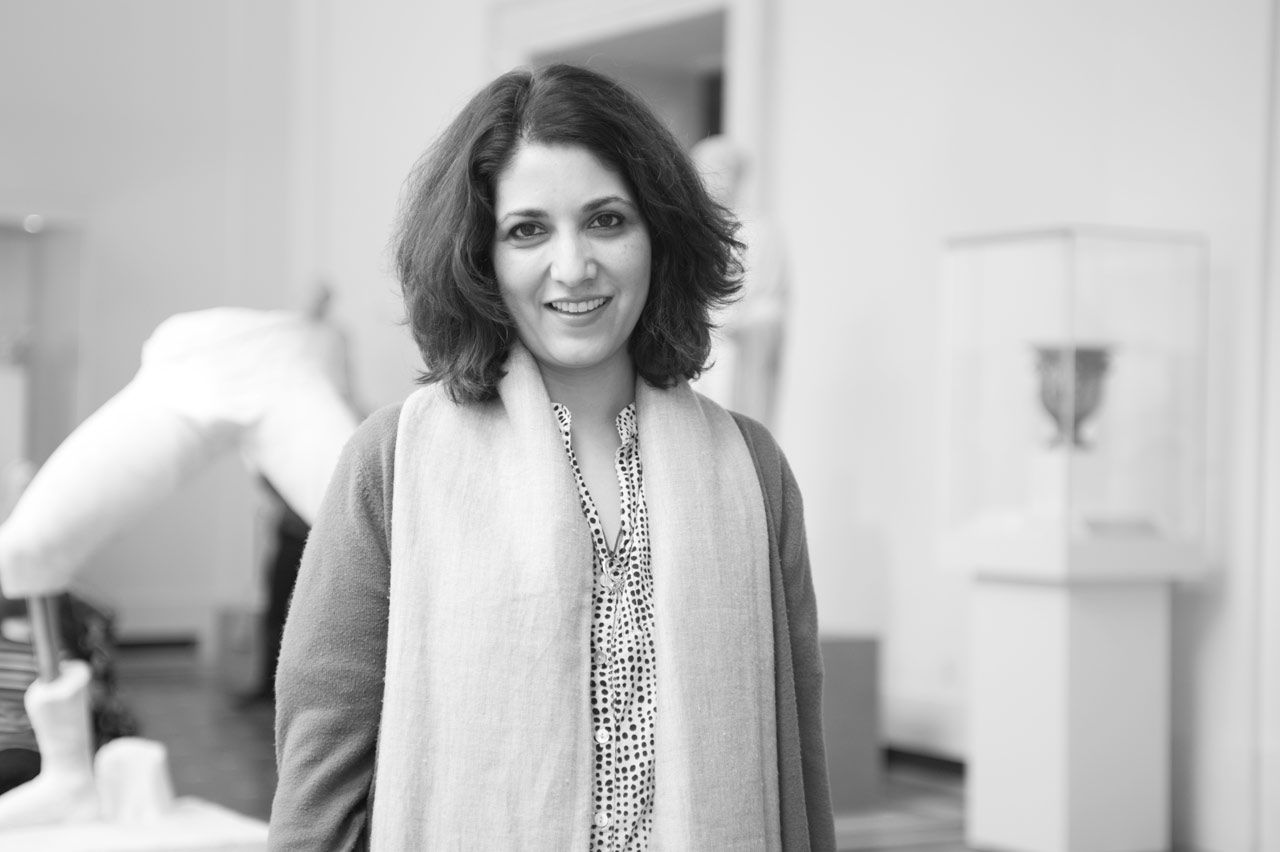 1280852
1280852 10961024
10961024 1280994
1280994 10321024
10321024 1280586
1280586 7011024
7011024 1280968
1280968 7771024
7771024 790922
790922 7041024
7041024 6461024
6461024 6811024
6811024 7041024
7041024 6031024
6031024 5961024
5961024 11511024
11511024 7841024
7841024 9961024
9961024 11171024
11171024 1280983
1280983 1280852
1280852 1280852
1280852 6571024
6571024 1280852
1280852
My name is Navina Haidar and my job is that of a curator in the Islamic department.
We live in a world, as art historians, of half-completed things or damaged objects, but I had never articulated to myself
that in fact there were times quite often that I preferred the objects that way. We always long for the complete object or the final, perfect condition of an object, but
when I actually just took a step back and said, objects can be wonderful when they're fragmentary and intense and exciting and
evocative and stimulating because of the fact that they're not complete or they're broken or they're abbreviated in some form.
So it's a journey into a world of fragments, but one that I think leaves a lot of room for the imagination, for the inner eye to fill in that space. The idea first came to me when our department acquired
the elephant drawing. The artist didn't complete the drawing and the paper underwent some kind of trauma. The result is that you see the face and the foreparts of the elephant emerging from almost a mist, and it allows you to focus on the wonderful, loving study of the elephant's profile, and everything else fades away and sort of intensifies that elephant's face.
You sometimes get very amusing effects and that really comes across with this appealing drawing of an Indian nobleman who is seated upon
an invisible chair as he reads a book.
This very well-known series from Mughal India is actually known as The Burned Edge Series. I think it's better broken because what you're really looking at here is the scene of the passing of a great emperor and his three widows grieving next to him. And the intensification of emotion takes place very effectively, because the burn and the irregular shape of the page gives a sort of highlight to the atmosphere of the scene.
One of my favorite objects in the museum is that Egyptian sculpture of a high ranking general. It has a very dramatically diagonal break, and it makes you really appreciate the incredible polish and the articulation of the surface, so much
more when you see it in contrast against the grainy interior of that stone.
The other thing I found is that you always think of men of war or noble figures often wearing a strap or something across their body in a diagonal. I mean, there is that psychological association with that kind of a line.
And the fact that there's nothing there but you have the sense of a diagonal going across the body, to me accentuates the regal bearing of the figure.
This Torso of a Bodhisattva, the fact that it's missing so many elements actually to me makes it very close to the original ideas of Buddhism, the feeling that the icon really doesn't matter. It's what the icon symbolizes, it's the Way that's revealed to you through these human aids of beautiful sculpture. But that the deity itself, the icon itself, is just a symbol of something that's profoundly without form.
When an object is completed, it carries often with it a whole cultural context. It bears
an emperor's identity, or a craftsman's finished signature
or a function, and those become intrinsically part of the finished work of art. However, when works of art are
broken, they quite often lose that context and essentially take us right back to the much more basic human quality of
an act of creation, the hand of an artist, a universal impulse in people to create things in a certain way.
And just that essential closeness and stripping away of most of the other contexts and
taking us right back to the very heart of the
creative moment is one of the things that is often revealed when the object is broken.
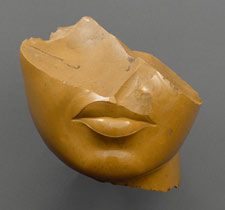 |
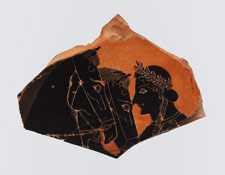 |
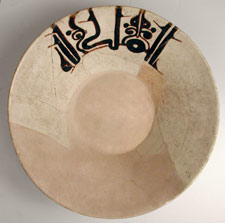 |
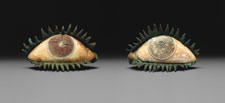 |
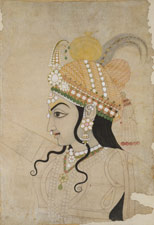 |
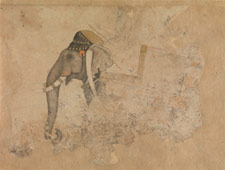 |
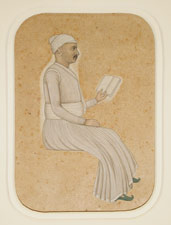 |
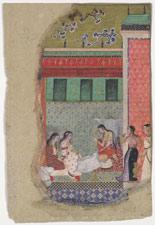 |
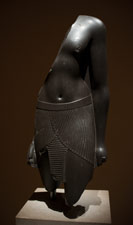 |
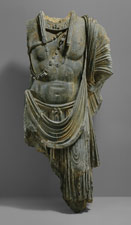 |
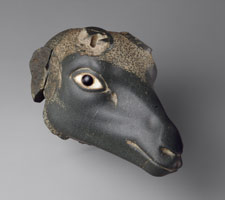 |
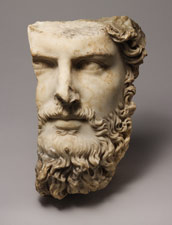 |
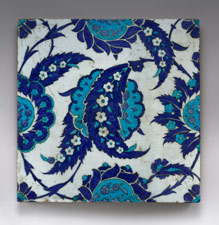 |
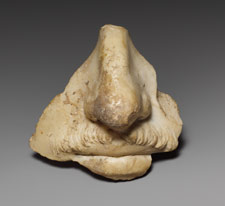 |
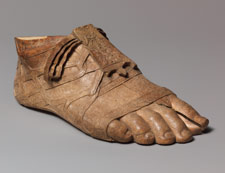 |
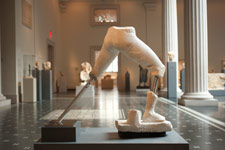 |
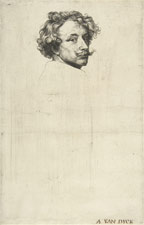 |
Works of art in order of appearanceLast Updated: June 22, 2015. Not all works of art in the Museum's collection may be on view on a particular day. For the most accurate location information, please check this page on the day of your visit. |
||
 |
Fragment of the face of a queen New Kingdom, Amarna Period, Dynasty 18, reign of Akhenaten, ca. 1353–1336 b.c. Egypt, Middle Egypt, el-Amarna (Akhetaten); inc. el-Hagg Qandil Yellow jasper Purchase, Edward S. Harkness Gift, 1926 (26.7.1396) More information: The Collection Online Not on view
|
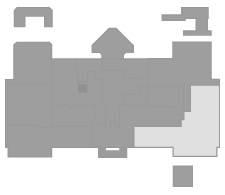 Egyptian ArtFirst Floor
Egyptian ArtFirst Floor |
 |
Fragment of a terracotta amphora (jar) ca. 540–530 b.c.; Archaic Greek, Attic Terracotta; black-figure Rogers Fund, 1920 (20.259) More information: The Collection Online Not on view
|
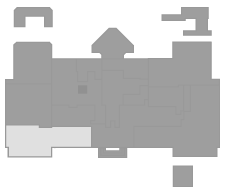 Greek and Roman ArtFirst Floor and Mezzanine
Greek and Roman ArtFirst Floor and Mezzanine |
 |
Bowl late 9th–early 10th century Iran, Nishapur Earthenware; black slip and white slip decoration under a transparent glaze Rogers Fund, 1938 (38.40.118) More information: The Collection Online Not on view
|
 Islamic ArtSecond Floor
Islamic ArtSecond Floor |
 |
Pair of eyes 5th century b.c. or later Probably Greek Bronze, marble, frit, quartz, and obsidian Purchase, Mr. and Mrs. Lewis B. Cullman Gift and Norbert Schimmel Bequest, 1991 (1991.11.3a, b) More information: The Collection Online Not on view
|
 Greek and Roman ArtFirst Floor and Mezzanine
Greek and Roman ArtFirst Floor and Mezzanine |
 |
Head of Krishna ca. 1800 Attributed to Sahib Ram India (Rajasthan, Jaipur) Cartoon for a mural depicting the Rasalila (Circle dance of Krishna and the gopis) Ink and watercolors on paper Rogers Fund, 1918 (18.85.2) More information: The Collection Online Not on view
|
 Asian ArtSecond Floor
Asian ArtSecond Floor |
 |
Elephant and Rider ca. 1640 India Ink and watercolor on paper Purchase, Friends of Islamic Art Gifts, 2010 (2010.255) More information: The Collection Online Not on view
|
 Islamic ArtSecond Floor
Islamic ArtSecond Floor |
 |
A Nobleman Reading ca. 1750–75 India Opaque watercolor on paper Purchase, Friends of Islamic Art Gifts, 2009 (2009.319a, b) More information: The Collection Online Not on view
|
 Islamic ArtSecond Floor
Islamic ArtSecond Floor |
 |
Ramayana Illustrated manuscript, folio 1595–1605 India Opaque watercolor and gold on paper Cynthia Hazen Polsky and Leon B. Polsky Fund, 2002 (2002.506) More information: The Collection Online Not on view
|
 Islamic ArtSecond Floor
Islamic ArtSecond Floor |
 |
Torso of a striding statue of a general 4th century b.c. Egyptian Schist Purchase, Lila Acheson Wallace Gift, Gift of Henry Walters, by exchange, Asher B. Edelman Gift, Judith and Russell Carson Gift, Ernest L. Folk III Bequest, Ludlow Bull Fund, and funds from various donors, 1996 (1996.91) More information: The Collection Online Not on view
|
 Egyptian ArtFirst Floor
Egyptian ArtFirst Floor |
 |
Torso of a Buddhist Bodhisattva, Maitreya or Possibly Avalokiteshvara ca. 5th century Pakistan (ancient region of Gandhara, possibly Sahri-Bahlol) Schist Purchase, Lila Acheson Wallace Gift, 1995 (1995.419) More information: The Collection Online Not on view
|
 Asian ArtSecond Floor
Asian ArtSecond Floor |
 |
Head of an Antelope Late Period, Dynasty 27, ca. 525–404 b.c. Egyptian Greywacke, agate, Egyptian alabaster Purchase, Rogers and Fletcher Funds and Joseph Pulitzer Bequest, 1992 (1992.55) More information: The Collection Online Not on view
|
 Egyptian ArtFirst Floor
Egyptian ArtFirst Floor |
 |
Relief portrait of the emperor Lucius Verus ca. 166–170; Antonine Roman Marble Rogers Fund, 1913 (13.227.1) More information: The Collection Online Not on view
|
 Greek and Roman ArtFirst Floor and Mezzanine
Greek and Roman ArtFirst Floor and Mezzanine |
 |
Tile with 'Saz' Leaf Design ca. 1560 Turkey, Iznik Stonepaste; polychrome painted under a transparent glaze Gift of Richard Ettinghausen, 1978 (1978.350) More information: The Collection Online Not on view
|
 Islamic ArtSecond Floor
Islamic ArtSecond Floor |
 |
Relief portrait of the emperor Lucius Verus ca. 166–170; Antonine Roman Marble Rogers Fund, 1923 (23.160.85) More information: The Collection Online Not on view
|
 Greek and Roman ArtFirst Floor and Mezzanine
Greek and Roman ArtFirst Floor and Mezzanine |
 |
Sandaled foot late 1st century b.c.–early 1st century a.d.; Augustan Roman Ivory Gift of John Marshall, 1925 (25.78.43) More information: The Collection Online Not on view
|
 Greek and Roman ArtFirst Floor and Mezzanine
Greek and Roman ArtFirst Floor and Mezzanine |
 |
Marble statue of a fighting Gaul 2nd or 1st century b.c.; Late Hellenistic Greek Marble Rogers Fund, 1908 (08.258.48) More information: The Collection Online Not on view
|
 Greek and Roman ArtFirst Floor and Mezzanine
Greek and Roman ArtFirst Floor and Mezzanine |
 |
Self-Portrait ca. 1630 Anthony van Dyck (Flemish) Etching; 9 1/2 x 6 1/8 in. (24.1 x 15.6 cm) Inscribed, in brown ink, lower right: A VAN DYCK Bequest of Mary Stillman Harkness, 1950 (50.583.4) More information: The Collection Online Not on view
|
 Drawings and PrintsSecond Floor
Drawings and PrintsSecond Floor |
© 2011 The Metropolitan Museum of Art |
||

